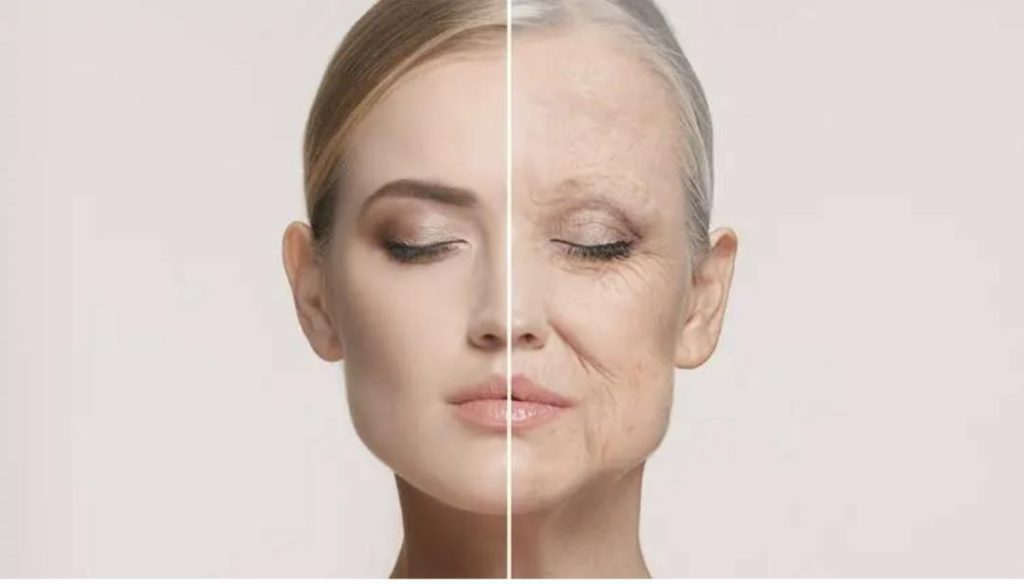
Ageing might be contagious: Study
As we age, our bodies undergo a series of changes that can affect our physical and mental health. From wrinkles and grey hair to aching joints and declining cognitive function, the signs of ageing are all too familiar. But a new study has shed light on a surprising aspect of ageing: it might be contagious.
According to researchers, HMGB1 protein, released by stressed or older cells, especially in low-oxygen situations, can actually trigger ageing signals in nearby cells. This process, known as senescence, is a state in which cells become dormant and unable to divide, leading to a build-up of damaged cells and tissue inflammation.
The study, published in the journal Nature Communications, found that when HMGB1 is in a “reduced” state, it pushes other cells towards ageing and inflammation. This means that if a cell is stressed or damaged, it can release HMGB1 into the surrounding environment, which can then trigger a cascade of ageing signals in nearby cells.
The researchers used a combination of biological and computational approaches to study the role of HMGB1 in cell ageing. They found that when HMGB1 is released by stressed cells, it binds to a specific receptor on the surface of nearby cells, triggering a signalling pathway that leads to the activation of cellular senescence.
The study’s lead author, Dr. Pedro Beltrán, explained the significance of their findings: “Our research suggests that HMGB1 is a key player in the communication between cells, and that it can transmit ageing signals to nearby cells. This has important implications for our understanding of the ageing process, and could potentially lead to new therapeutic strategies for age-related diseases.”
So, how does this work in the human body? When our cells are stressed or damaged, they can release HMGB1 into the surrounding tissue. This can trigger a response in nearby cells, leading to the activation of senescence and the build-up of damaged cells and tissue inflammation.
Over time, this can contribute to the development of age-related diseases, such as atherosclerosis, cancer, and neurodegenerative disorders. By understanding the role of HMGB1 in cell ageing, researchers hope to develop new treatments that can target this process and prevent or slow the progression of these diseases.
The study’s findings also raise interesting questions about the social and environmental factors that contribute to ageing. For example, if ageing is contagious, could it be that our social and environmental surroundings are influencing our cellular health?
This is an area that is still being explored, but it’s possible that our cells are responding to the stress and inflammation signals that we’re exposed to in our daily lives. For example, if we’re constantly exposed to air pollution, it could be triggering the release of HMGB1 from our cells, leading to the activation of senescence and the build-up of damaged cells.
This raises important questions about how we can reduce our exposure to stress and inflammation signals, and how we can create environments that support cellular health and well-being.
In conclusion, the study’s findings suggest that ageing might be contagious, and that it’s not just a natural process that occurs as we get older. Instead, it’s a complex process that involves the communication between cells, and the release of HMGB1 is just one of the key players in this process.
As researchers continue to study the role of HMGB1 in cell ageing, we may uncover new insights into the ageing process and develop new strategies for preventing and treating age-related diseases. In the meantime, it’s important to prioritize our cellular health and well-being, and to create environments that support our overall health and well-being.
Source: https://www.newsbytesapp.com/news/science/aging-might-be-contagious-finds-new-study/tldr






